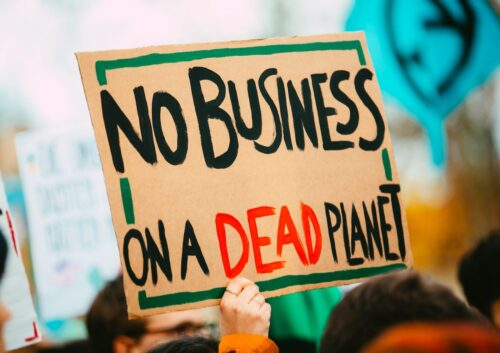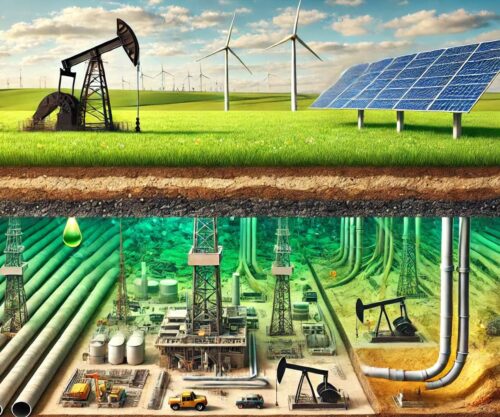
These days, stories of extreme weather are everywhere you look. But a crucial detail often goes overlooked: We’re safer from the consequences of that weather than ever before. [emphasis, links added]
There was a time when extreme weather events that led to massive fatalities were depressingly common in the U.S.
In the last 85 years, however, there have only been three such events that took over 1,000 lives: Hurricane Katrina, Hurricane Maria, and a 1980 heatwave.
There’s a reason for that.
The most important factor in determining a natural disaster’s destructiveness isn’t its intensity, but how well people in its path are protected. And on that front, things have improved … a lot.
Better building codes have prevented about $1.6 billion in damage a year since 2000. Advances in hurricane forecasts and early-warning systems have given people more time to prepare.
Having air conditioners in nearly 90% of American homes has severely cut the risk of extreme heat.
And while you often hear that the economic damages from extreme weather are growing, you don’t often hear why.

It’s not that more property is being destroyed than in the past; it’s that the property being destroyed is more valuable than it used to be.
In an apples-to-apples comparison, the amount of economic damage that disasters cause has decreased in recent years … by over 75%.
So, the good news: We’re safer than we think.
While we still need to be on guard for natural disasters and take concerns about the climate seriously, the fears of an imminent apocalypse are overblown.
Learn more at Kite & Key Media



















The New York Pravda(Times)still spewing the same load of Poppycock/Balderdash as it has since Stalin back in 1932
Thanks for the “before/after” photo, it’s one I hadn’t seen before. I recall from the 1970’s, ads for “waterfront land” in Florida. They only showed it to prospective buyers at low tide.